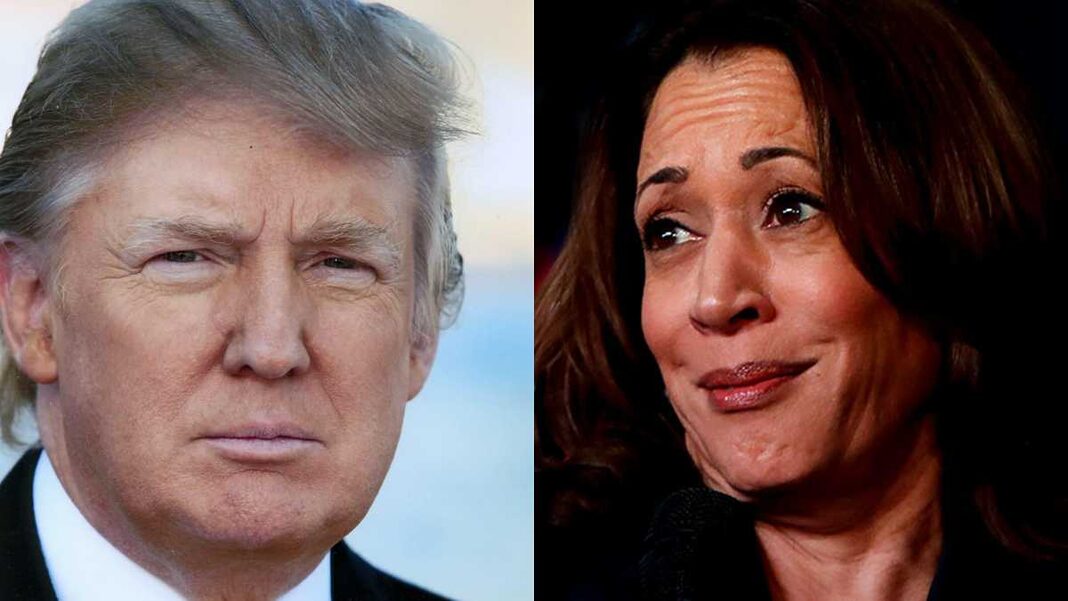The 2024 presidential race is like none other in the modern era. Here’s an inside look at the race according to a panel of experts.
The Democratic Party officially nominated Vice President Kamala Harris for president late on Aug. 5 when delegates finished virtual voting.
Harris and former President Donald Trump are now deadlocked in a race that has taken presidential politics into territory uncharted in the modern era.
Within three days in late July, Trump survived an assassination attempt on the campaign trail, was formally nominated by his party, and named Sen. JD Vance of Ohio as his running mate.
Less than a week later, President Joe Biden withdrew from the race and endorsed Harris. She became the Democratic nominee on Aug. 5 without winning a single primary election, something that hasn’t happened since 1968.
“[It’s] like a giant jigsaw puzzle, with the pieces changing practically every day, or at least a couple times a week,” Susan MacManus, a political scientist from Florida, told The Epoch Times.
Ken Kollman, a political science professor at the University of Michigan, made a similar comment.
“Things have gotten really scrambled,” Kollman told The Epoch Times.
Despite these unusual circumstances, the old rules of politics still apply, according to political experts. The winner will likely be the candidate who can do three things well: maintain their core constituents, present an issues-based appeal to independent voters, and turn out the vote on Election Day.
Here’s the status of the race to date, and what each side is doing to gain an advantage.
Neck and Neck
Polling shows that the race is essentially tied at this point. Harris and Trump are each polling within the margin of error in national polls.
An Aug. 5 polling average compiled by FiveThirtyEight has the vice president up 1.7 percent nationally. A TIPP Insights poll, also released Aug. 5, shows Harris up 1 point.
The candidates are running close to each other in most of the battleground states of Pennsylvania, Michigan, Georgia, Wisconsin, Arizona, Nevada, and North Carolina, which could determine the Electoral College vote.
By Lawrence Wilson, Jacob Burg and Janice Hisle









